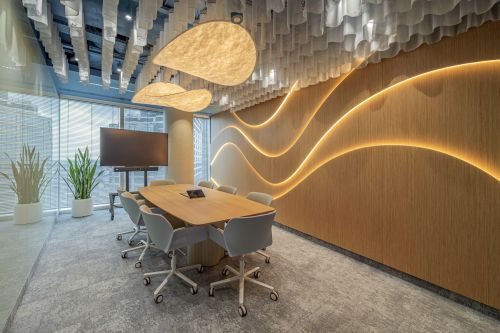Remote work is going to remain with us for a long time, if not permanently. Companies have grown accustomed to operating in such a manner and their employees have, in many cases, even improved their productivity through the transition to home-working. “These days, the most common form of work is the hybrid model,” points out Oskar Kasiński, the CEO of Recruitment Partner, part of HR Design Group. To better assess the good and bad points of remote work and its transformation into the hybrid model, Business Link and Skanska, in association with the Sukces Pisany Szminką foundation, have recently published their ‘Changes in Work Style due to the Pandemic’ report. “At the beginning of the pandemic, most people were against working from home – because it had been imposed on them and nobody was prepared for it. But as time passed, employees began to combine the home office better with their private lives,” explains Ewelina Kałużna, the head of st






























































